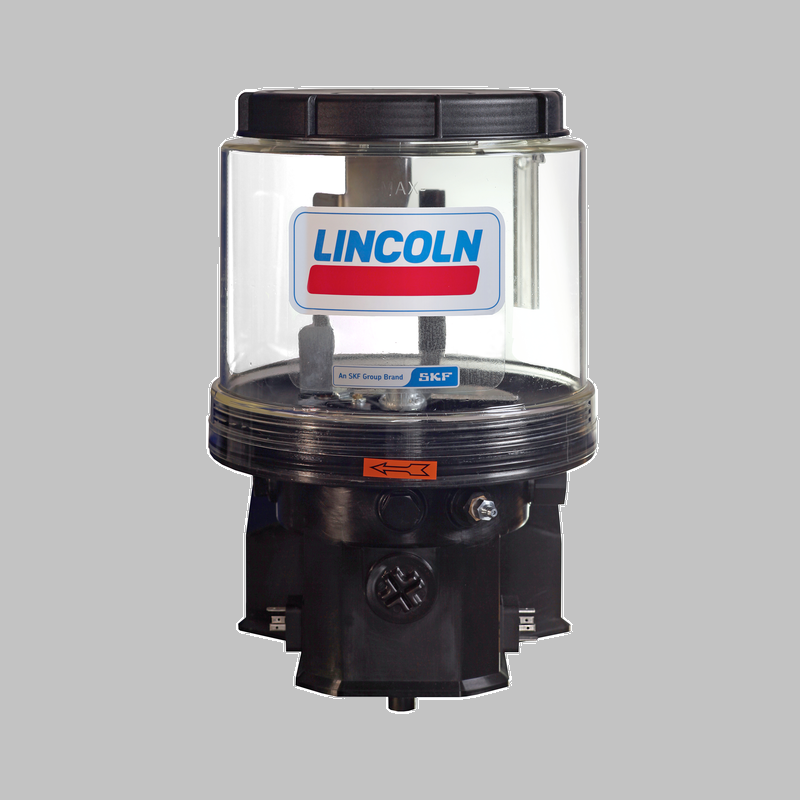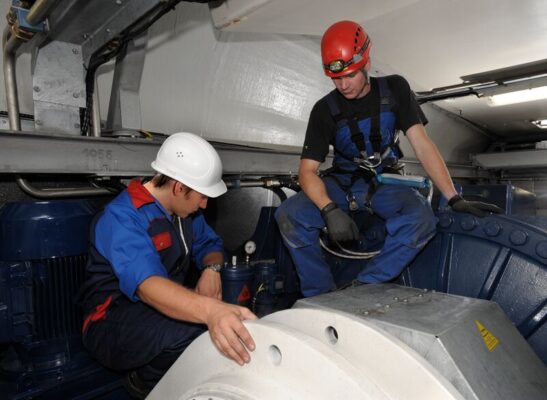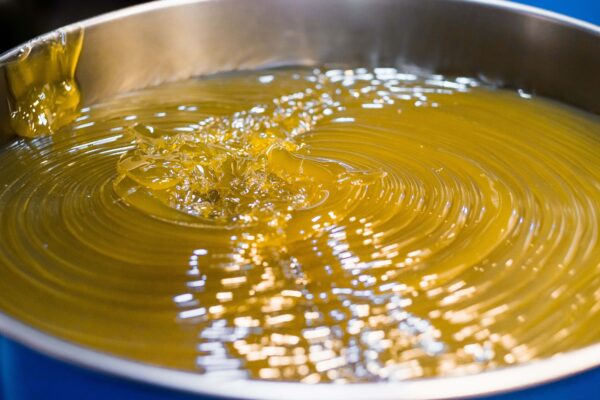The video shows a technician working on the Lincoln P203 Quicklub system. However, these maintenance techniques apply to many lubrication systems on the market for wind turbines. So how does it work? A pump element is cycled by a cam lobe that is attached to an electric motor. The cam presses the piston, allowing the lubricant to be dispensed into the supply line – similar to how a standard grease gun works. You can check whether your lubrication system is functioning correctly by testing if it is cycling, shown by whether the system can produce pressure. If it cannot, the pumping element isn’t functioning properly and should be replaced. Fault codes will also indicate that an issue is present via a digital display screen, although not all lubrication systems have this feature.
Common factors that cause a pump element to fail are debris, contamination, and lubricants with a high solid content. You should always check with the system manufacturer whether grease with solid matter additives is compatible with your lubrication system. Using the correct tools, you can simply replace the pumping element in a matter of minutes. This can often be completed without having to remove the lubricant from the tank.
Once you’ve done this, you should check that air isn’t present in your system, as this will stop it from dispensing lubricant. And that’s it. The video shows you in detail how to properly and safely replace the pumping element in your lubrication system for a considerably lower price than installing a new system. After you’ve finished, your wind turbines should once again experience consistent and reliable lubrication to help you maximize component service life. To find out more about this topic, or if you have any questions, you can contact lincoln.tech.service@skf.com for more information.



